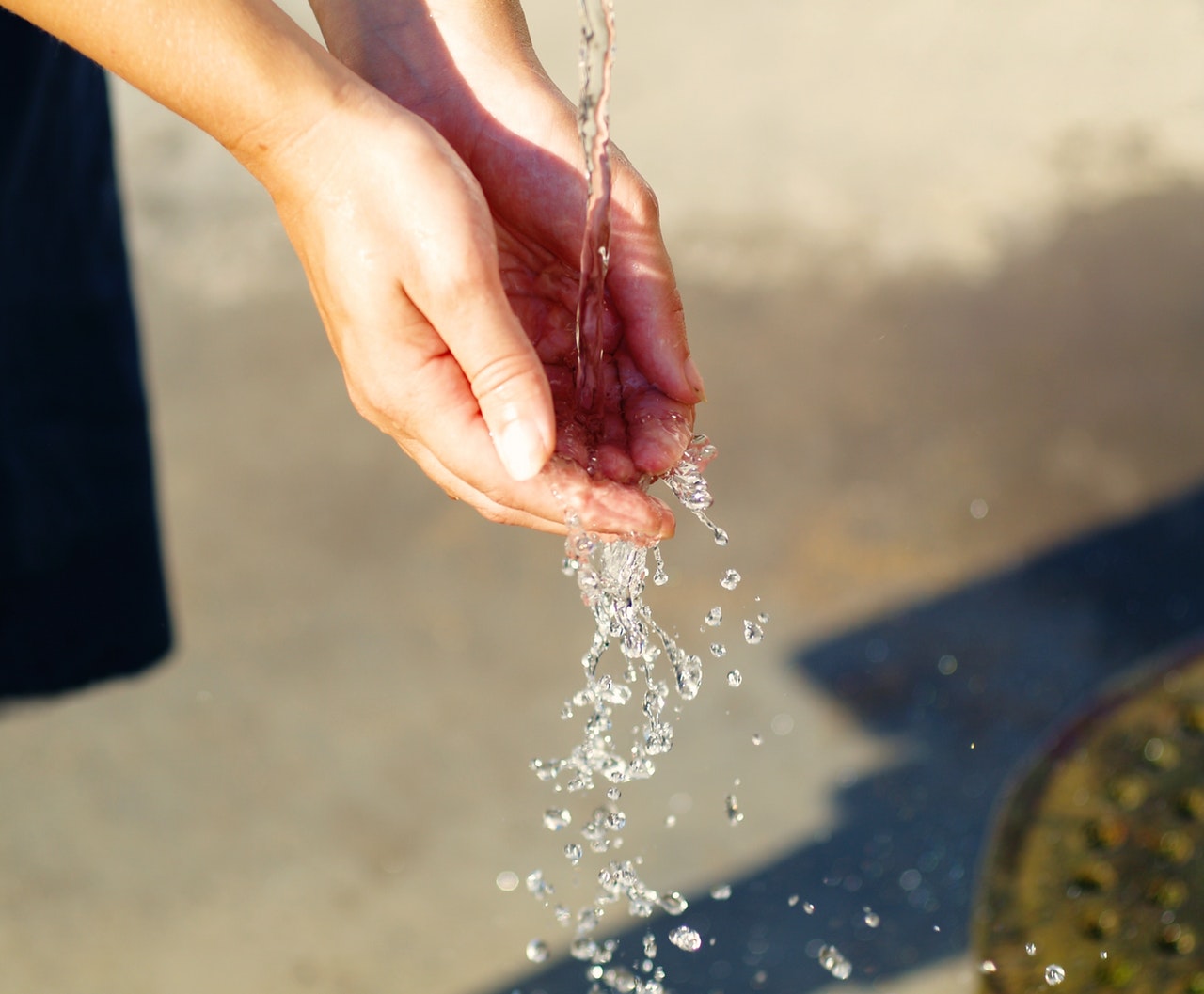A major global risk that we are facing at every level today is the issue of water scarcity, brought on by human activity and the climate crisis. Water is a precious resource and today, less than 1% of the Earth’s water is drinkable.
According to the United Nations, “Water scarcity can mean scarcity in availability due to physical shortage, or scarcity in access due to the failure of institutions to ensure a regular supply or due to a lack of adequate infrastructure. Water scarcity already affects every continent. Water use has been growing globally at more than twice the rate of population increase in the last century, and an increasing number of regions are reaching the limit at which water services can be sustainably delivered, especially in arid regions.”
According to a World Water Assessment Program by WWAP, there are 700 million people in 43 countries that live without a safe and clean water supply. Problems of water scarcity can range from health issues, sanitation issues, to significant trouble with crops and ultimately food supply.
The United Nations is calling for greater international cooperation on this matter.
At a meeting on the High Level Panel on Water, UN General Assembly President Miroslav Lajčák explained, “We will need more than action from governments to achieve (this goal)… Strengthening water infrastructures and systems costs money. And we will need a lot more of it, from different sources. We also need to create environments in which innovation and entrepreneurship can flourish.”
In terms of how to reduce water consumption, here are 10 ways you can save water.
- Turn off the tap when it is not in use.
Simply turning off the tap when it is not in use can save 6 liters of water per minute. So between brushing your teeth and doing the dishes, turn that tap off and only turn it back on when you really need it.
- Take shorter showers.
Showers can use between 6 and 45 liters per minute. So be mindful of how long you are showering. You can also get an aerated shower head or a shower regulator. A tricky way is to also have your fan tick off after so many minutes so you know when time is up!
- Invest in water-efficient appliances.
Efficient appliances are more expensive up-front, but save you money (energy and water) in the long run.
Plan your landscaping for the climate you live in.
It is only natural that if you live in a desert climate, having a green lawn is not natural for the climate that you live in and can lead to excessive water usage. So get creative and have fun planning your landscaping that is true to your local climate and environment.
Address water leakages immediately.
If you have a leak in your home, address it immediately so that you do not waste water in the process.
- Only run full loads in your washing machine and dishwasher.
Unnecessary washes use up water that can easily be saved by waiting until your load is full.
- Use a watering can
If you water your plants and landscaping with a watering can rather than the hose, you save the in-between plant water usage.
- Get a low flush toilet
Nowadays, there are modern dual-flush systems that save 7 liters compared to the traditional 13-litre of water per flush.
- Reduce the amount of meat you eat
Many diets are centered around meat. But if you pay attention to your serving sizes and cut out the excess, you can drastically reduce your water footprint.
- Reduce food waste
Agriculture and food production, in general, requires a significant amount of water usage. So be mindful of what you purchase and really use it. This saves water and also directly saves you money.
On a broader level, many countries are starting to find interesting solutions for water scarcity thanks to the help of smart technology. Creative solutions can make all the difference.
This worldwide problem is severe and action needs to be taken today.












